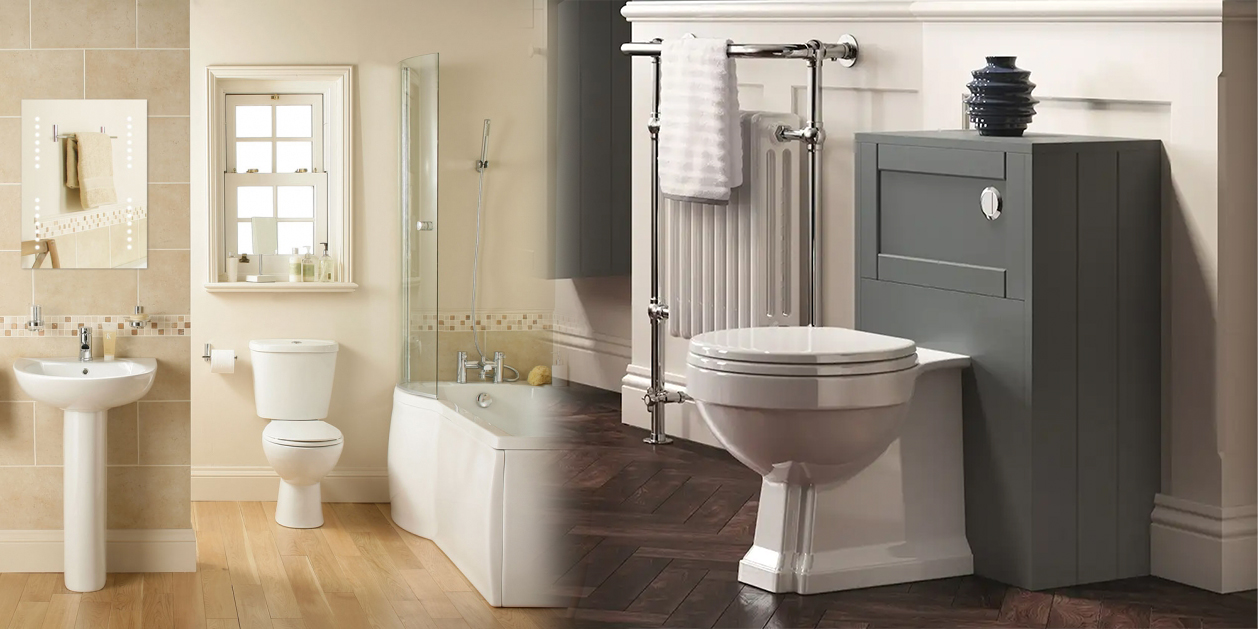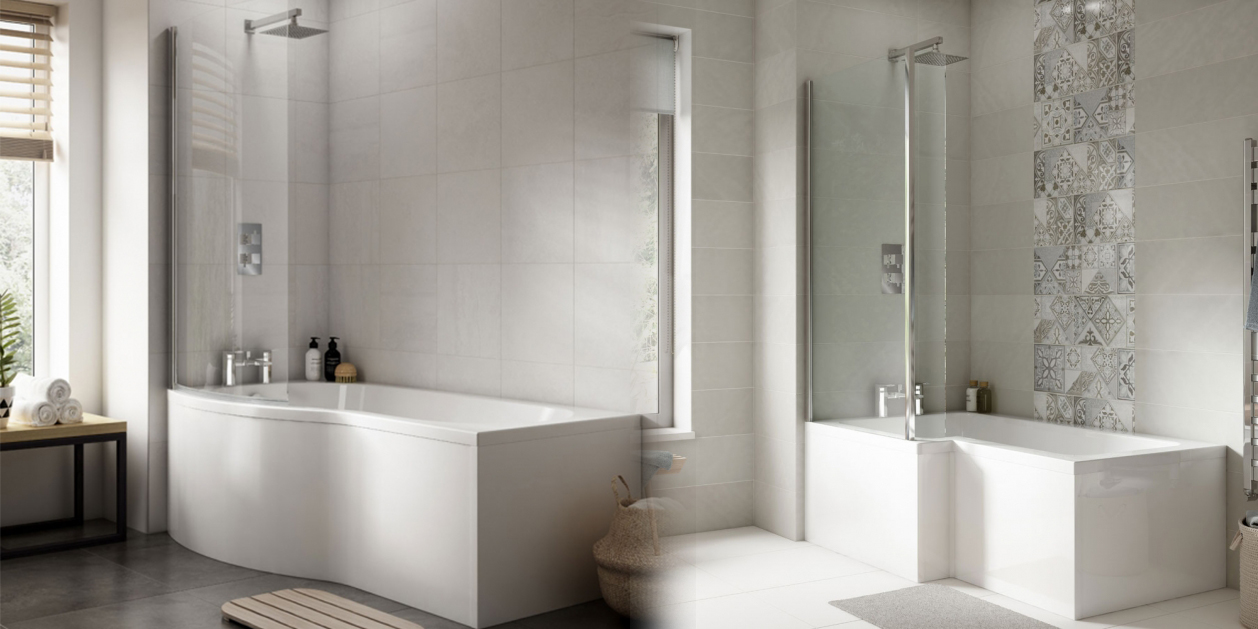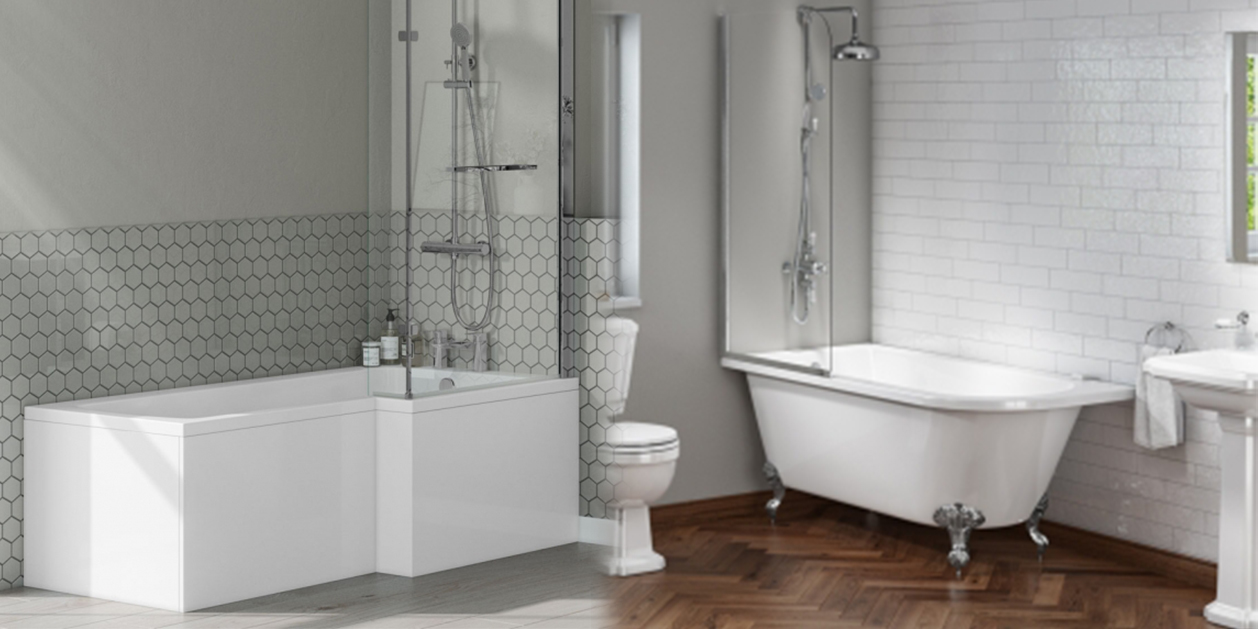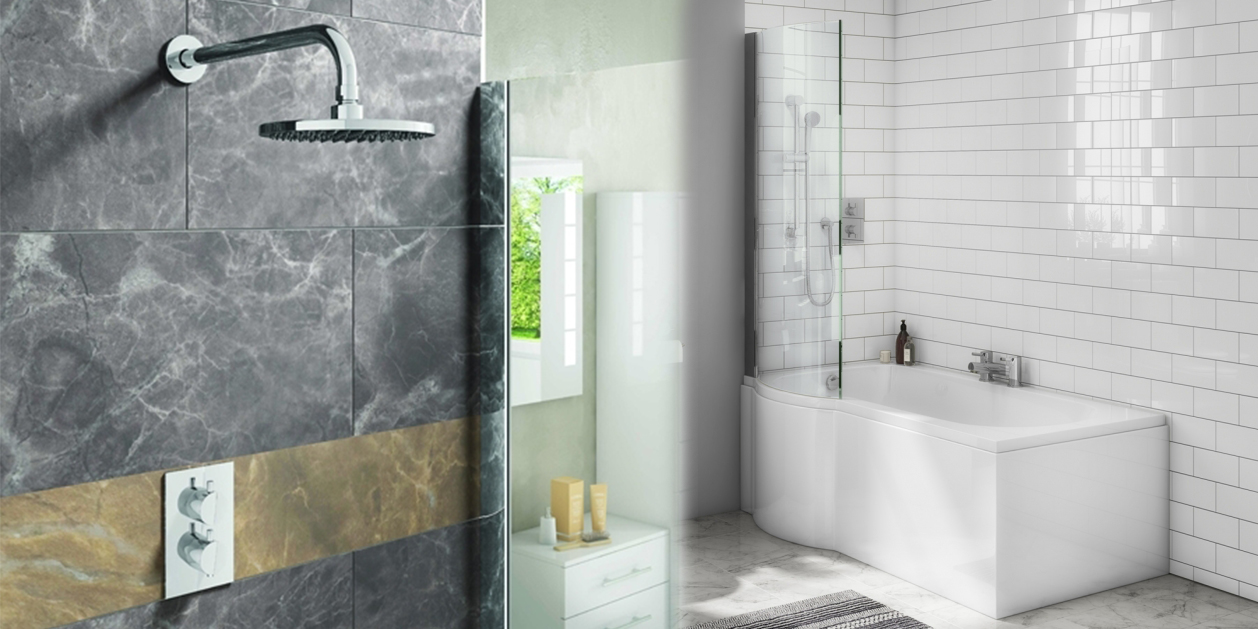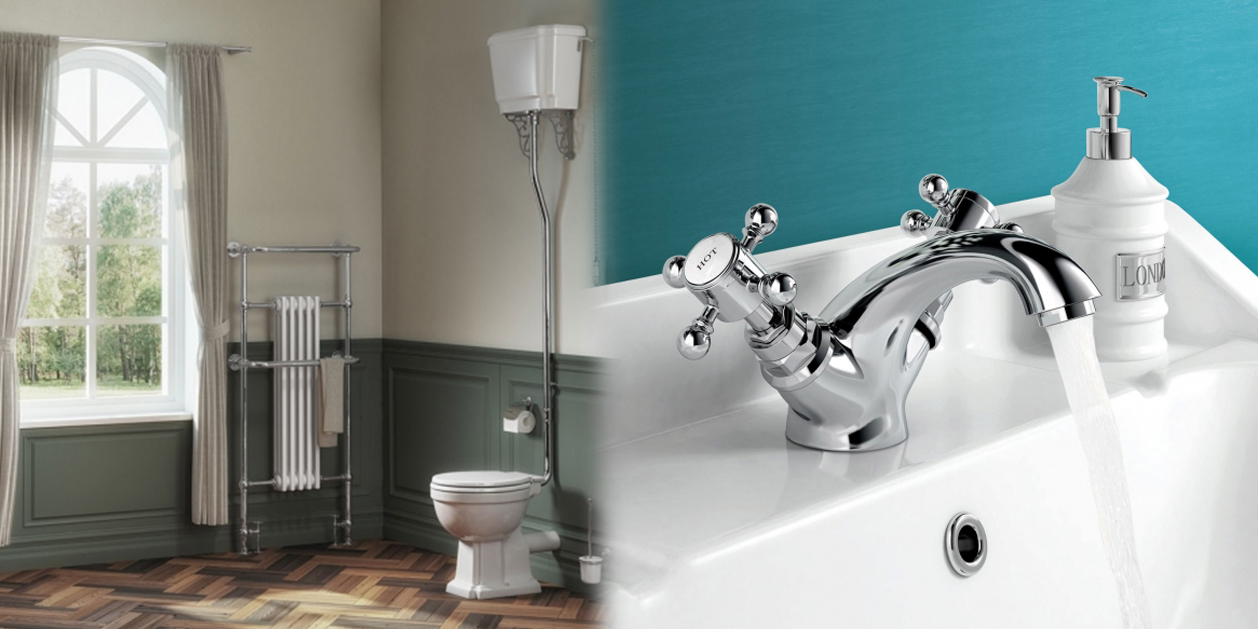Fitting Your Electric Shower
Fitting Your Electric Shower - Installation
Nowadays, the shower is just as important in modern bathroom suites as the bath has ever been, having risen massively in popularity over the years. This is hardly surprising, as showers use far less water than baths, so are far cheaper to run, and come with the bonus of “green” credentials. (On average, you use as much water in one bath as for five showers, so the savings are substantial!)
Nowadays, the shower is just as important in modern bathroom suites as the bath has ever been, having risen massively in popularity over the years. This is hardly surprising, as showers use far less water than baths, so are far cheaper to run, and come with the bonus of “green” credentials. (On average, you use as much water in one bath as for five showers, so the savings are substantial!)
Preparing to fit your electric shower
Fitting a shower can be a little daunting, especially if you haven't undertaken such a task before. Worry not faithful visitor; we have prepared a list of tips to help you tackle your first shower installation with a minimum of fuss. Keep in mind that all showers come with their own list of comprehensive and specific guidelines, so their is no definitive guide when it comes to fitting the unit, but with these pointers you will have a greater awareness of what is involved and what to expect! Before choosing and buying an electric shower, it's important to check that there’s adequate water pressure to run the shower effectively, and that the electricity supply in your house can cope with the additional load. It’s absolutely essential that you make these checks before starting – or source professional advice, if you’re not sure.
Features to enhance your safety and comfort
Mains water pressure can fluctuates when you’re using the shower – usually, of course, when someone else in the house uses a tap that takes its supply direct from the rising main. Most showers deal with this by automatically adjusting the internal temperature control valve, so the temperature should remain constant, although there might be a reduced water flow when this happens.If the pressure’s too low, though, most electric showers will have a safety switch which turns off the heating elements if the pressure is just too low. It might be annoying if this happens – but is obviously better than being scalded with too-hot water! An alternative is usually available, too – to have the shower fed by a storage tank. In most homes, though, this isn’t a realistic option, as to work the tank needs to be a minimum of 10 metres above the shower head – and this is rarely achievable in a regular house! Another option is to fit a single impeller pump. This will supply a shower from a water storage tank when pressure drops below 1 bar (but won’t be effective in improving the performance of an electric shower more generally). As well as temperature stabilising controls and pressure sensing, electric showers also have fittings to ensure that you can’t exceed the maximum safe showering temperature. In effect, these work by turning off the shower heating element/s when the water supply is insufficient at any time – and turns them on again when the water flow increases again. At bathshop321, we stock a solid selection of stylish, modern and best of all reliable electric showers check out our Galaxy range below, or head to our electric showers page for a larger selection of shower units at unbeatable prices!
Guidelines for fitting your shower
*Note that while the safety and comfort features we’ve outlined already for you are common to pretty much all electric showers nowadays, each unit has its own features, and you should read the product details to identify what these are for the model or models you’re considering buying and fitting in your home.
- You shouldn’t need specialist plumber’s tools to fit an electric shower, but one thing you should have is a mains tester (for when you’re working on electrical circuits). It’s also usual to use 15mm copper pipe to fit electric showers, as well as the relevant fittings including those necessary to supply from a tee in the rising main to the shower heating unit.
- It’s essential to fit an isolating valve into the pipework supplying the electric shower heater – and you should also usually fit a double check valve, too. (This prevents back siphonage into the mains where there’s any possibility at all that the shower head can reach waste water in a shower tray or bath. This usually is possible, so it’s best to fit the double check valve to comply with water byelaws, as well as for safety purposes.)
- The heater for your electric shower must be supplied with power directly from a fuse box or consumer unit – and never from an existing circuit. It should also have RCD protections at the consumer unit.
- If there’s no spare “fuseway” for the additional circuit you need, you’ll have to fit either a larger consumer unit with more fuseways, or an additional consumer unit. There’s not really an exception or alternative to this, so do make sure you check if this is necessary before you attempt to fit your electric shower unit! (Also note that if you go with fitting an additional consumer unit, your electricity supplier will need to connect meter tails to it, and you’ll need a “service splitter,” so it’s not an entirely straightforward operation.)
- Your electric shower installation instructions should tell you which fuse or MCB is required – as this will depend on the wattage of the heater. They’ll range from 32amps for a 7kW heater up to 40amps for a 9.5kW heater, though. The cable you’ll need is either 6 mm2 or 10 mm2 twin and earth, depending on where you’re fitting the shower. You’ll need a qualified electrician to assist on this, as only a qualified electrician will know when 10 mm2 cable is appropriate. In particular, if you’re replacing an existing electric shower with a new, higher wattage one, you’ll need an electrician to check that the cable you’re using can cope safely with the increased load.
- Finally, you’ll also need a 45amp double pole isolating switch – which, if it’s to be placed in the bath or shower room, must be a pull cord operated switch.

- You must check and ensure that all the electrical works conform to BS767, as well as with current IEE Wiring Regulations. Either your local authority’s Building Control Department or an Authorised Competent Person (such as a qualified electrician) can help you with this. You must notify your local Building Control Department unless you’re simply replacing an existing unit without making any changes to the wiring.
- Again, while to install your electric shower you’ll need to rely on the detailed instructions that come with your unit, there are a few key points you need to note. First, be clear about where’s best to locate the shower heater unit – remembering that while it can be in a shower cubicle or above a bath, the cable and pipe must be carefully planned for safety and comfort. Also be aware that you must always fix the shower to a finished surface – so you can’t, for instance, first fit a shower and then tile around it. Also be sure to fit it at a height where it will just be splashed during normal showering.
- As a last safety point, be absolutely sure to complete your plumbing before you start on the wiring necessary to fit your electric shower unit. That way, if there are any leaks or other problems with the pipes or valves, you can fix them before there’s any electricity introduced inside the unit.
Remember: You can always ask bathshop321 customer advisors for advice about fitting your shower, as well as checking out our forums for help and assistance with any queries or concerns you might have.
What's great about electric showers?
Another reason showers are so popular is that they’re quicker, as well as more reviving and invigorating than a bath. Obviously this is especially important early in the morning, before a long day at work! Adding to their economy, it’s of course possible to heat shower water with an electric shower heater, rather than having to have hot water in the tank. This is both more economical and more convenient, as it means your shower provides plenty hot water on demand, and doesn’t heat more water than necessary at any time. This is cheaper and greener than heating and storing water you might not need – as well as more convenient than having to wait for water to heat up when you want a shower. Most of the showers you’ll find at bathshop321 work by using electrically heated elements in the shower unit housing; cold water from the rising main supply pipe passes over them, and this is how you get your hot water. When you move a dial to alter the temperature of the water, the rate at which it passes over the element is what changes. This is how the temperature controls on the showers bathshop321 stocks work – and many of them also have controls allowing you to lower their electricity usage when the weather is warmer. The temperature you can achieve with your electric shower – and, so, what setting your shower needs to be on – is affected by the weather and the ambient temperature around you when you take a shower. This as well as the wattage of your shower element/s and your preferred shower temperature will effect how much water can flow through the shower at the temperature you want. When it’s colder outside, and so the ambient temperature of the water coming from the rising main supply pipe is lower, you’ll likely need to have your shower unit set to its maximum to get the heat you need; this means the water flow rate will be reduced. In warmer weather, the flow rate will improve as your shower won’t need to be at its maximum setting to produce water at the temperature you prefer. There are actually some pretty big differences here – so, for instance, if you have a shower with a 7.5kW heating element, you might get up to 5 litres per minute in the summer flowing through, but as little as 2 litres per minute in much colder weather. It’s important to know this when you’re deciding which shower model you want, as the wattage will affect the water flow quite a bit. In general, an 8.5kW unit will produce up to 27% higher flow than a 7.5kW unit, while a 9.5kW unit can produce up to 43% more flow. Remember, too, that whatever the wattage, all the electric shower models supplied by bathshop321 are safe – every one is BEAB (British Electrotechnical Approvals Board) approved.


